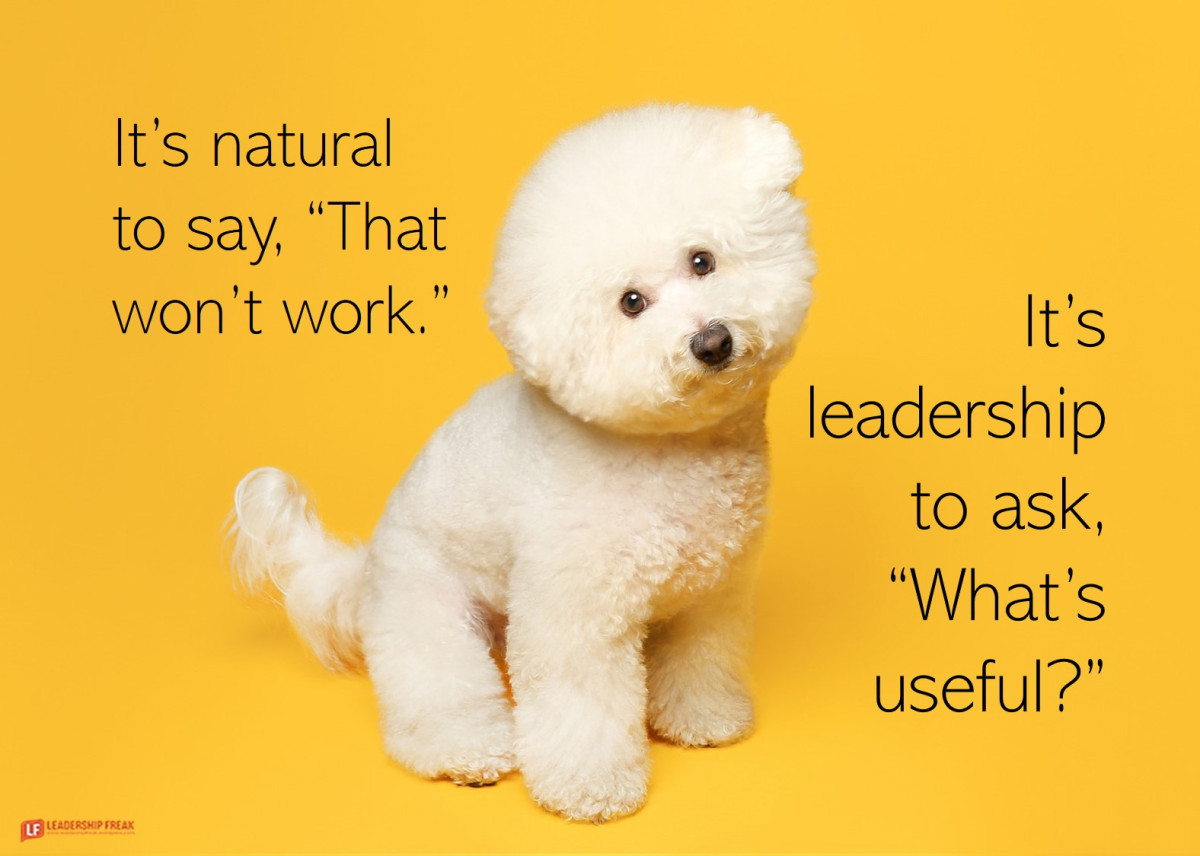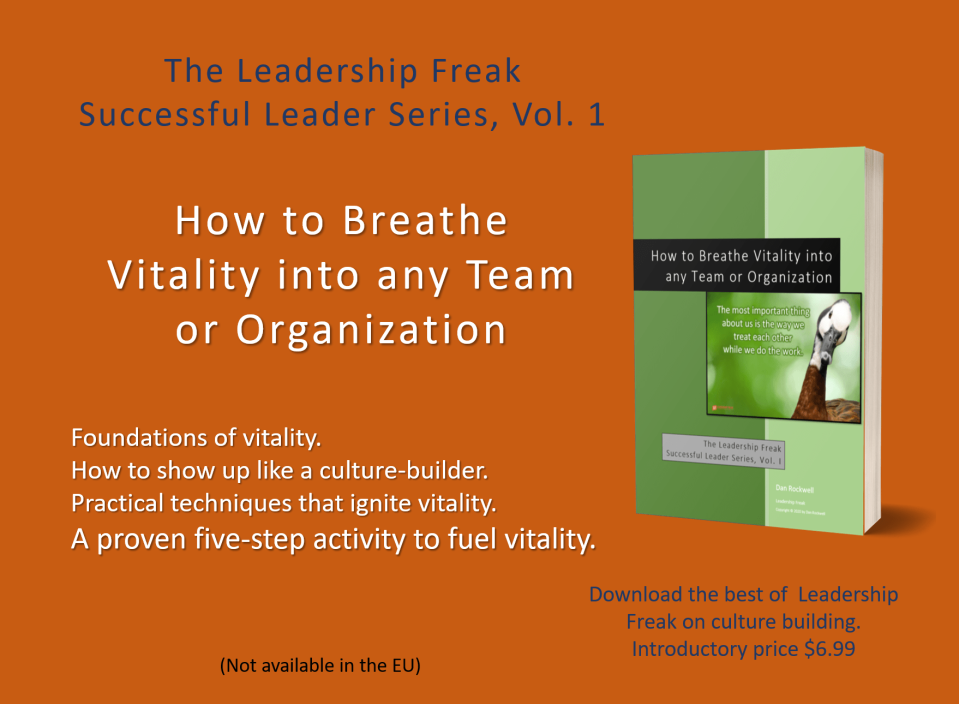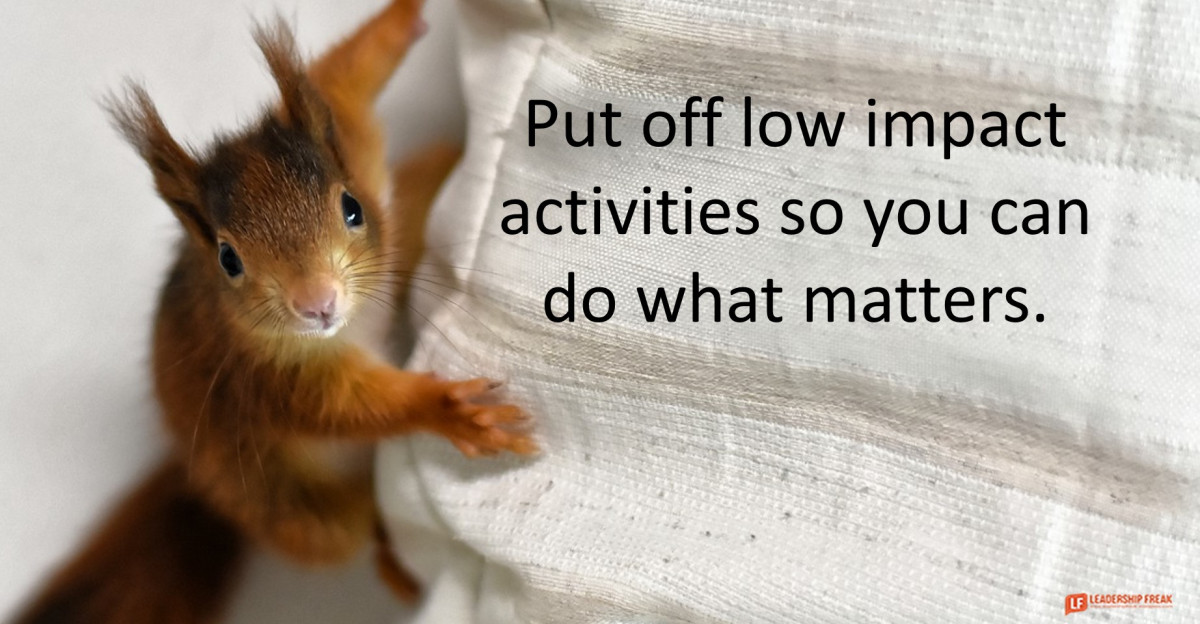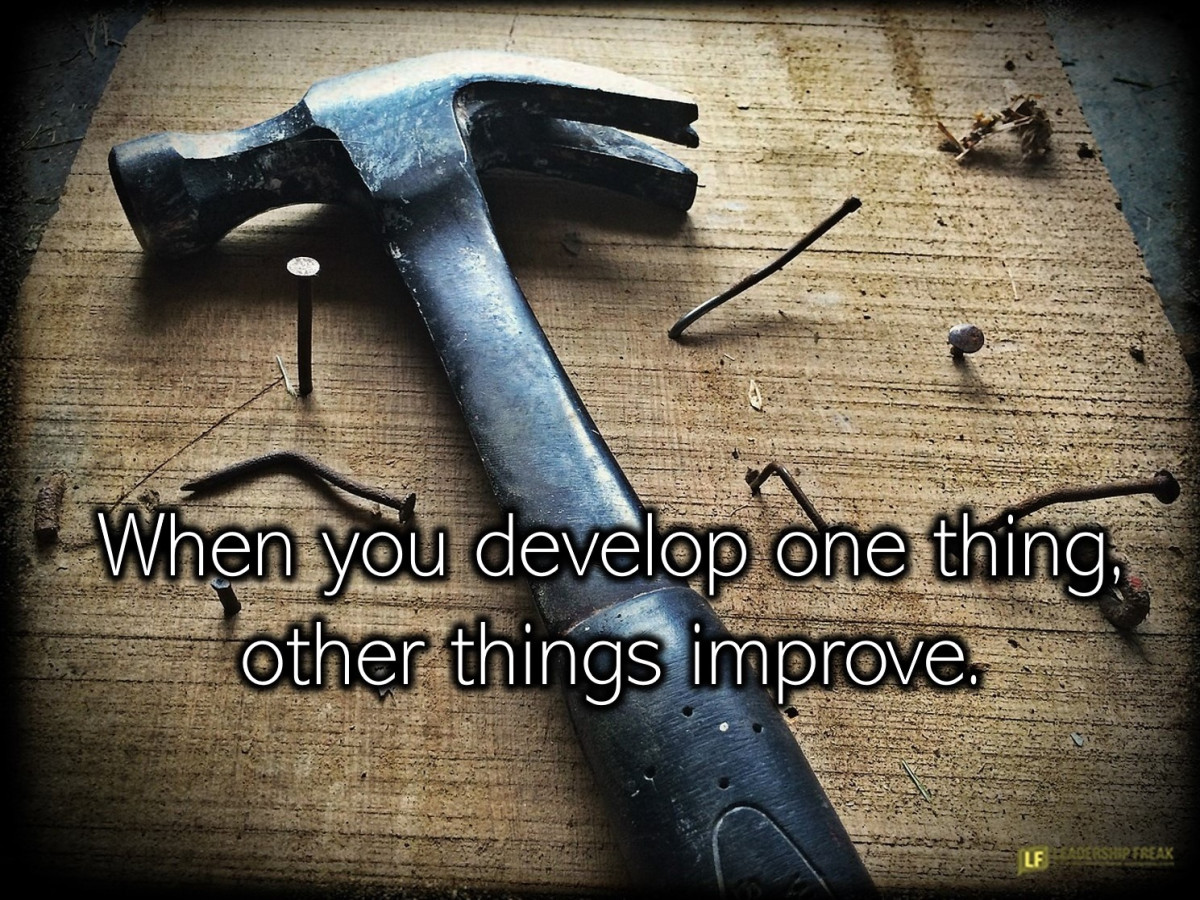Five Ways to Fight the FUD Factor (Fear, Uncertainty and Doubt)
NEW BOOK GIVEAWAY!!
20 copies available!!
Leave a comment on this guest post by Sabrina Horn to become eligible for one of 20 complimentary copies of her new book, Make It, Don’t Fake It: Leading with Authenticity for Real Business Success.
(Deadline for eligibility is 06/27/2021. International winners will receive electronic versions.)
As the saying goes, when the going gets tough, the tough get going. Here are five basic actions every leader can take to run their businesses through the fear, uncertainty, and doubt of challenging times.
1. Values – In times of crisis, reaffirm your company’s core values, as well as your value proposition. It is both grounding and inspiring for employees and customers to be reminded of what you stand for and how you remain steadfast in your mission.
2. Planning on Steroids– In turbulent times, reality may be changing every week, day, and hour.
Now is the time to flex those short-term planning muscles. Develop multiple contingencies you can use in any number of scenarios. They may be very tactical in nature, but each one is actually a strategic move to finding your way to the clear.
3. Overcommunicate – In times of uncertainty, plan to reach stakeholders more frequently than you otherwise might. When doing so, communicate with certainty and candor. It’s ok to be repetitive and reconfirm the situation. Doing so eases anxiety and provides comfort. Never say anything you do not absolutely, positively know to be true.
Bad information, like squeezed toothpaste, is impossible to put back into the tube.
4. Humility – The best leaders are secure in knowing that they don’t know everything, and they have no problem asking for help, learning from others, listening to complaints, even apologizing for their mistakes. That level of confidence and open-mindedness draws people in, demonstrates strength, and builds trust.
5. Self-Care – It can be very lonely at the top, especially during times of uncertainty.
It’s important to have people you trust to talk with. Cultivate a small personal network of mentors – the handful of people you can talk to about anything.
How might leaders fight fear, uncertainty, and doubt? FUD
Sabrina Horn is an award-winning CEO, C-suite advisor, communications expert, and author. She founded Horn Group (acquired by Finn Partners), a national public relations firm that for a quarter century, advised thousands of tech executives and their companies. Her new book, Make It, Don’t Fake It: Leading with Authenticity for Real Business Success(foreword by Geoffrey Moore), launches June 2021.
Sabrina talks about how to win customers when you’re company is looking for it’s first customer.



















